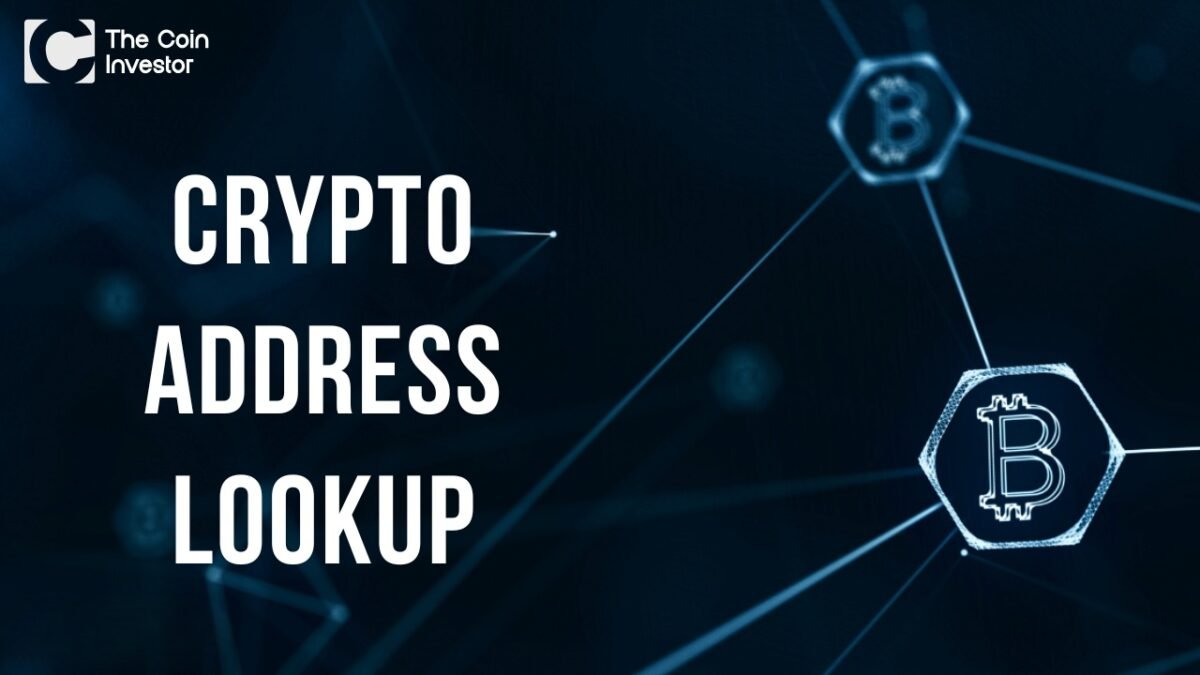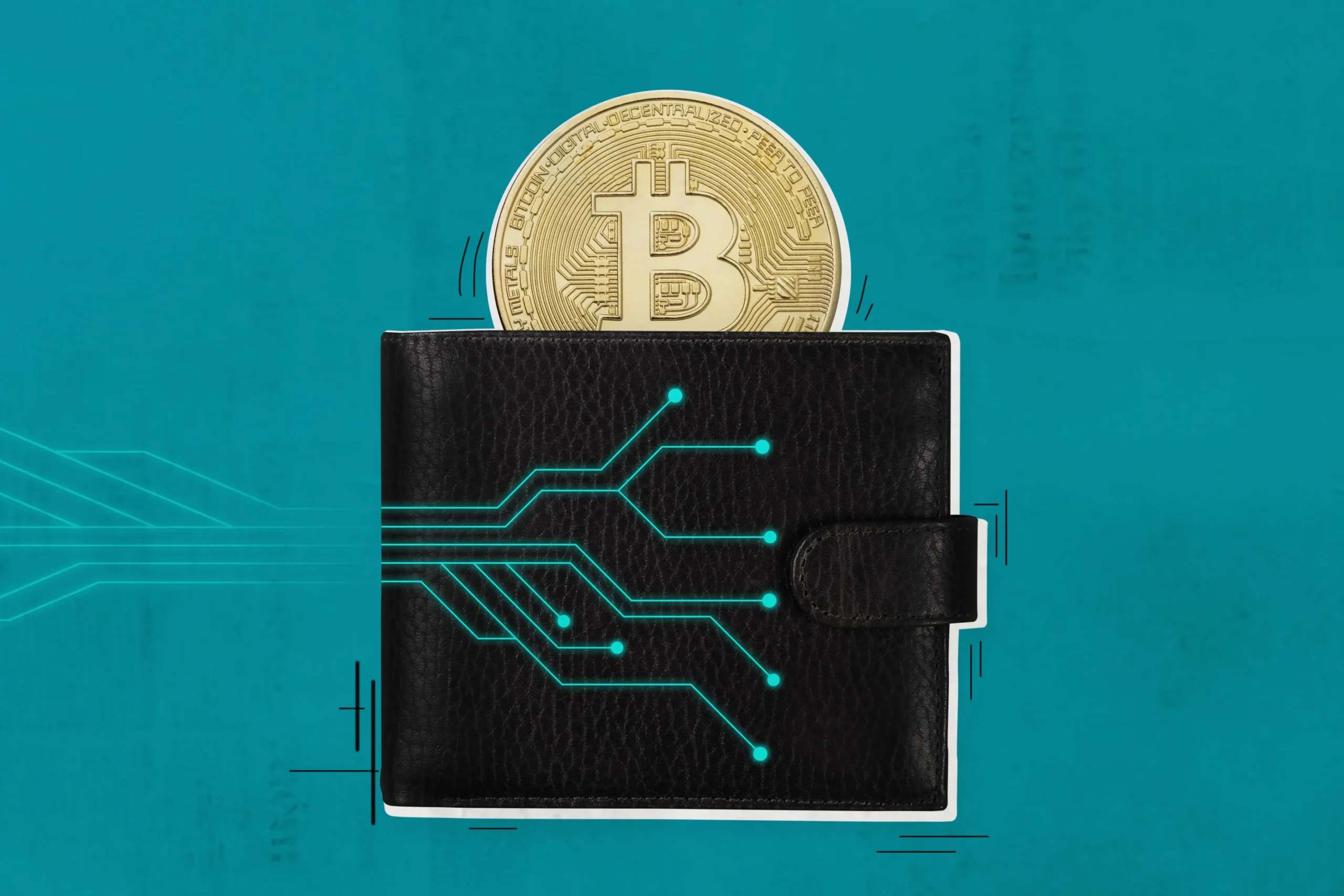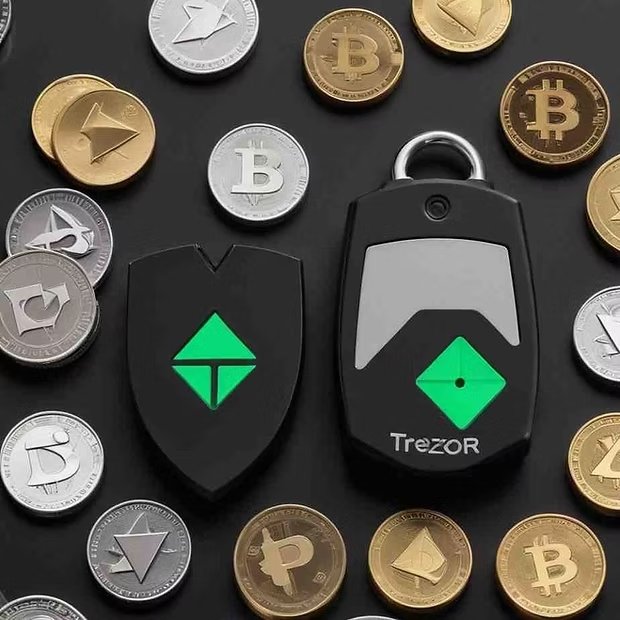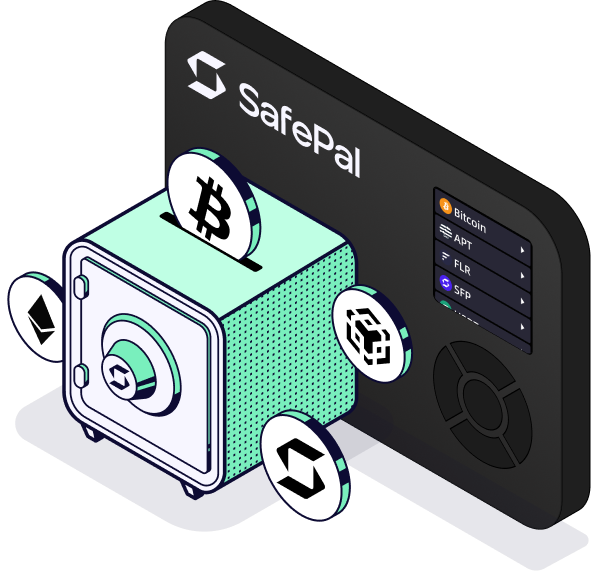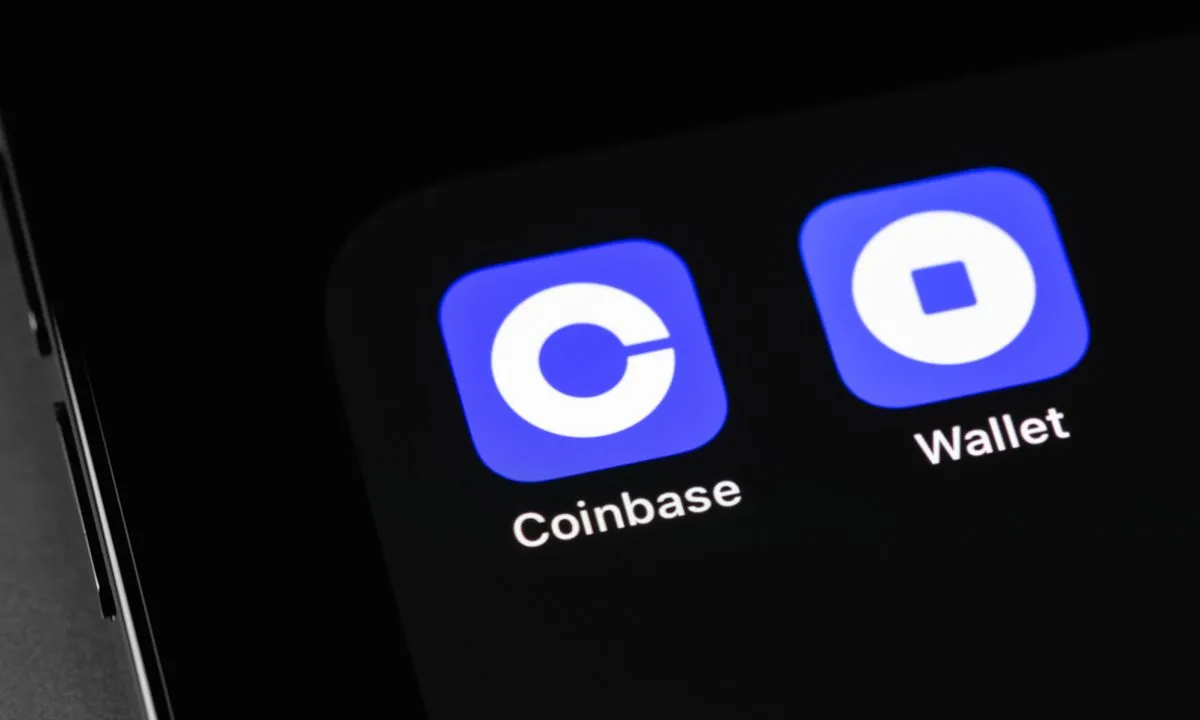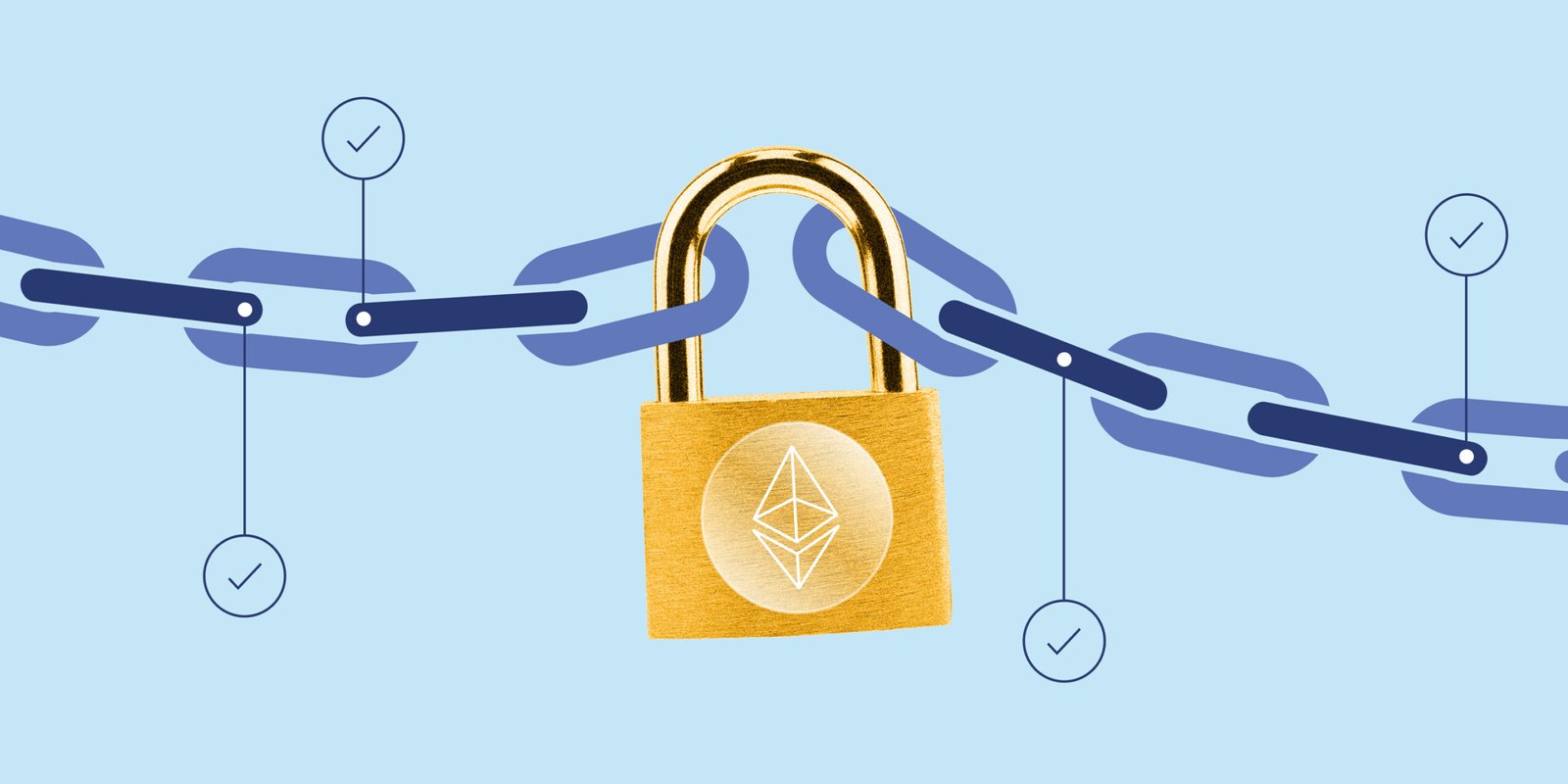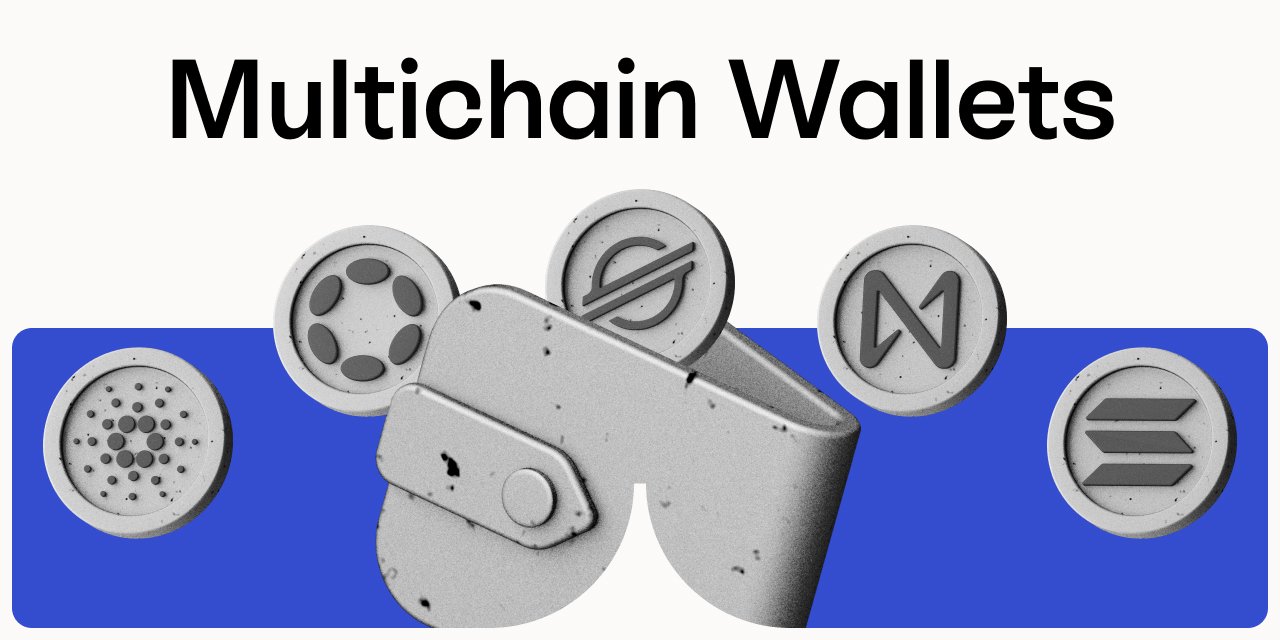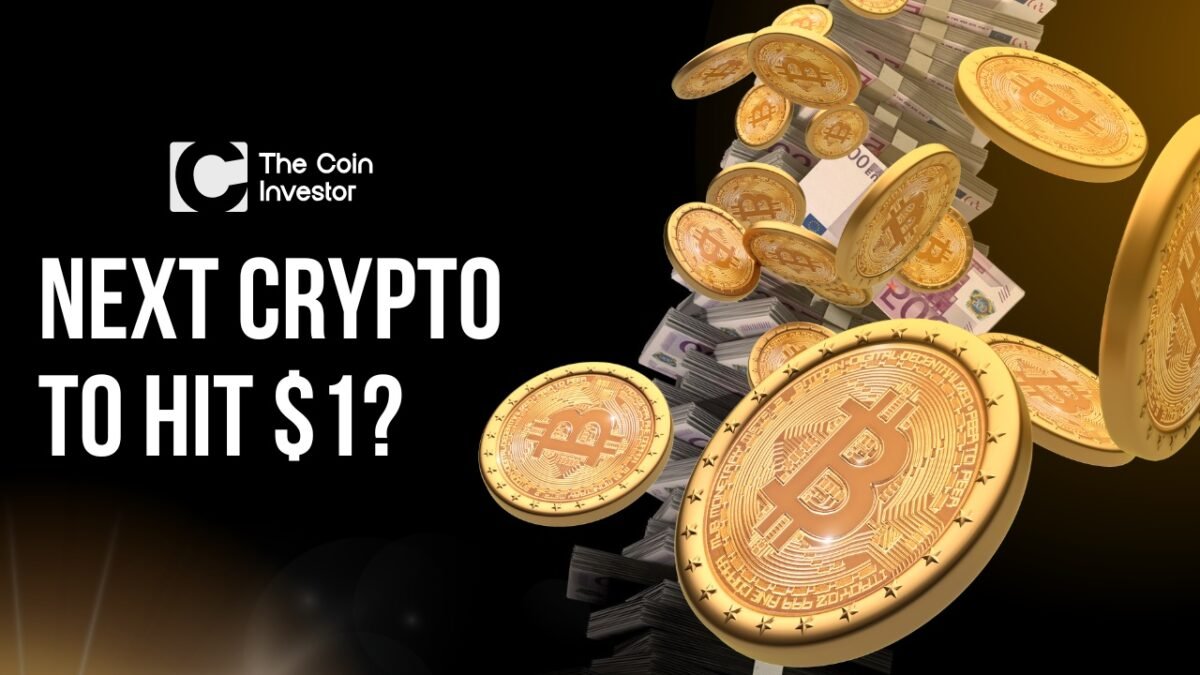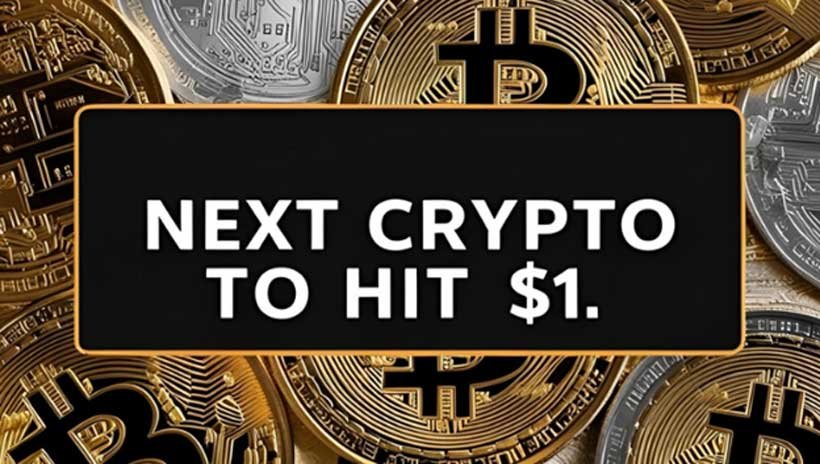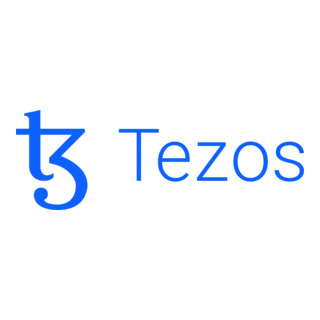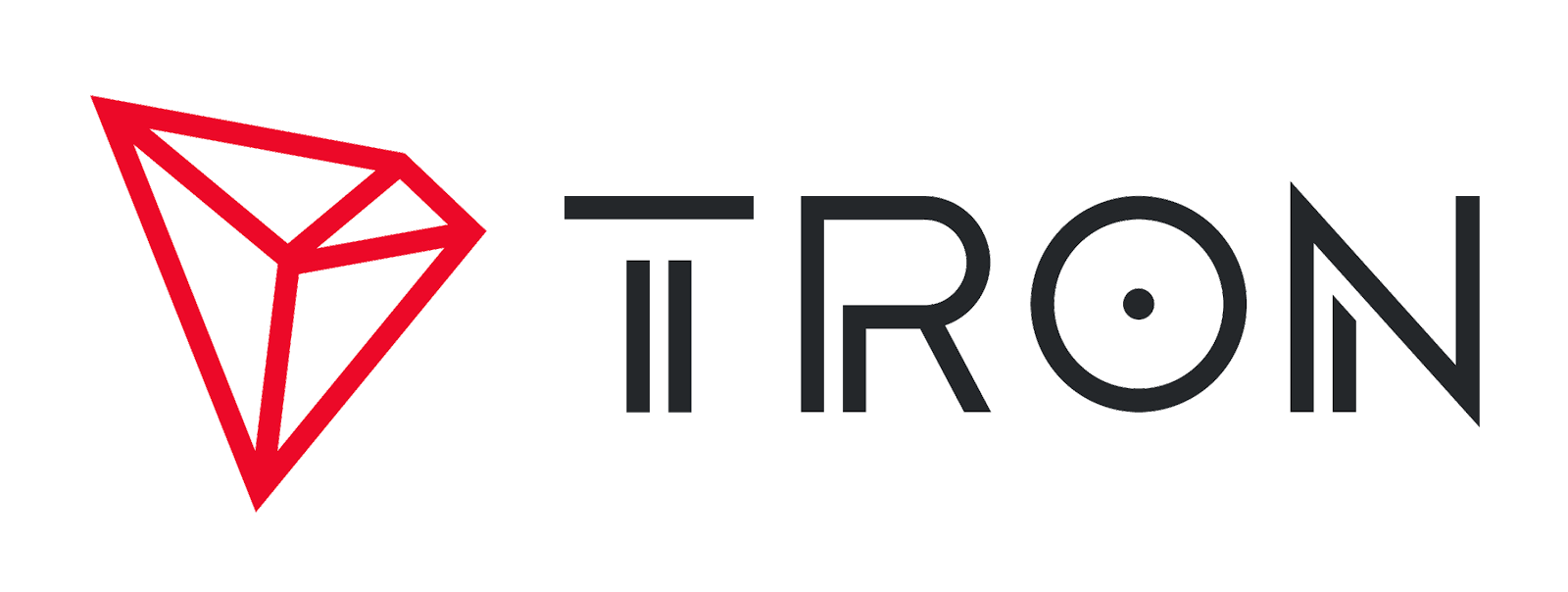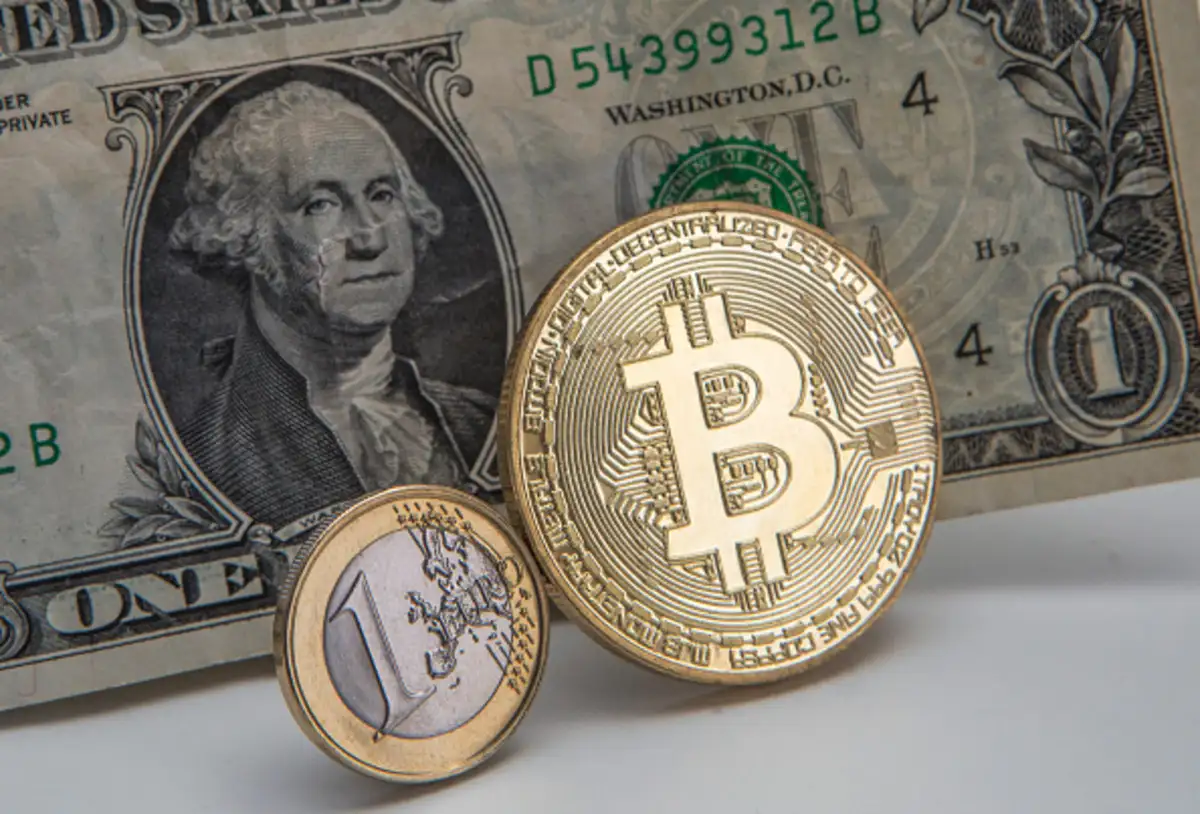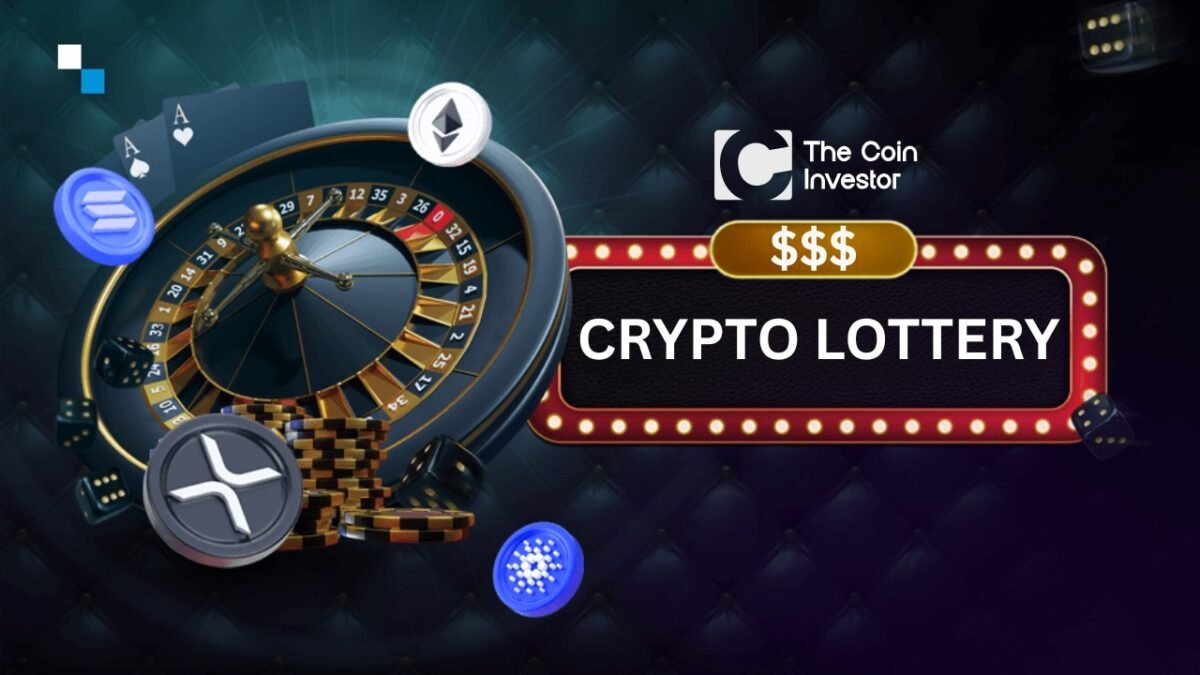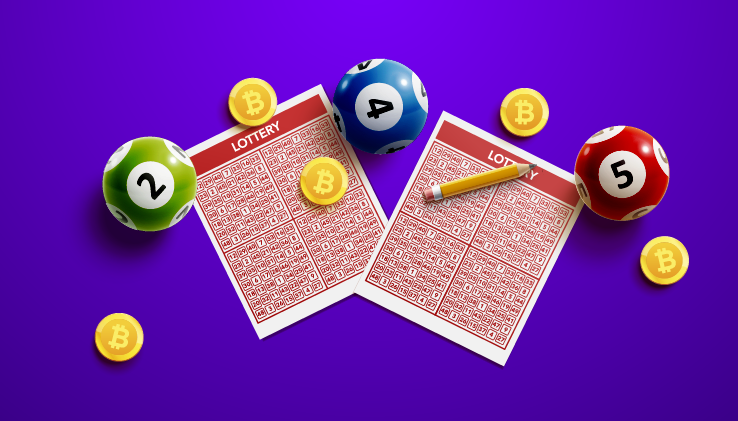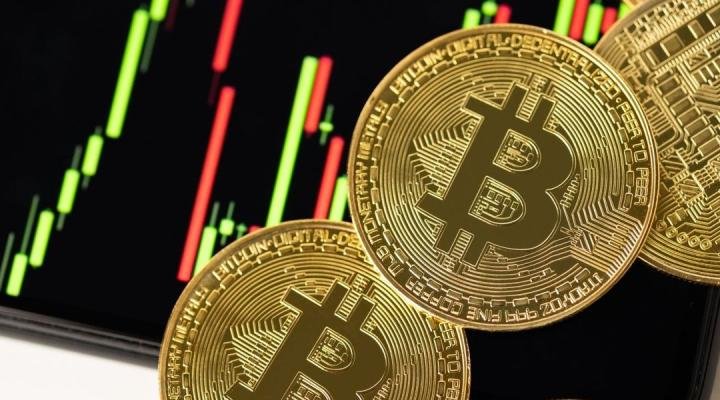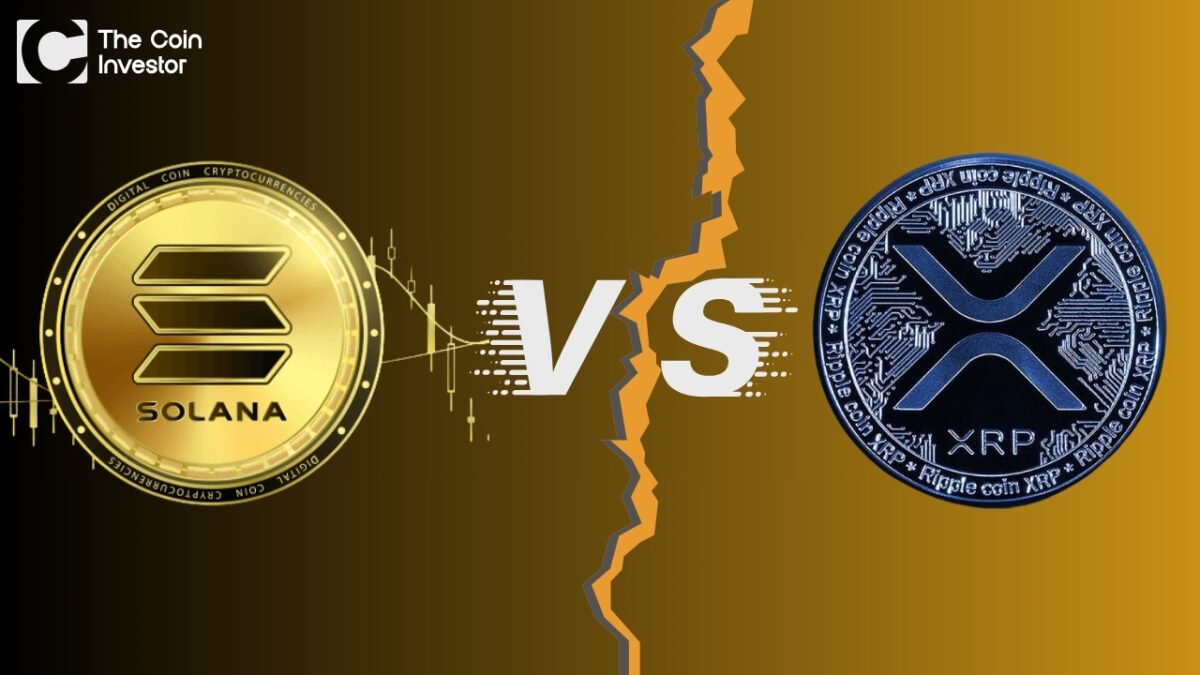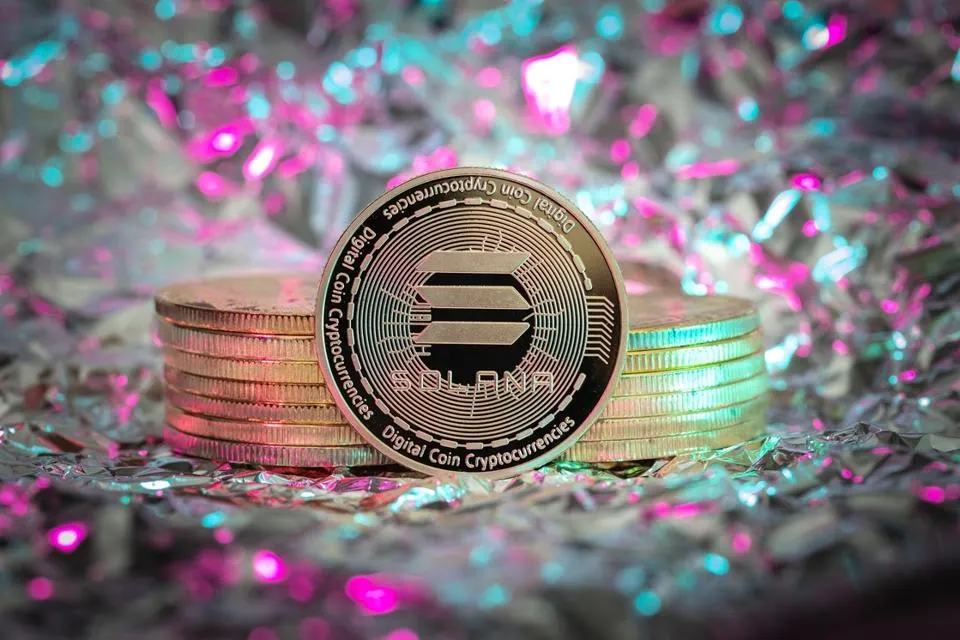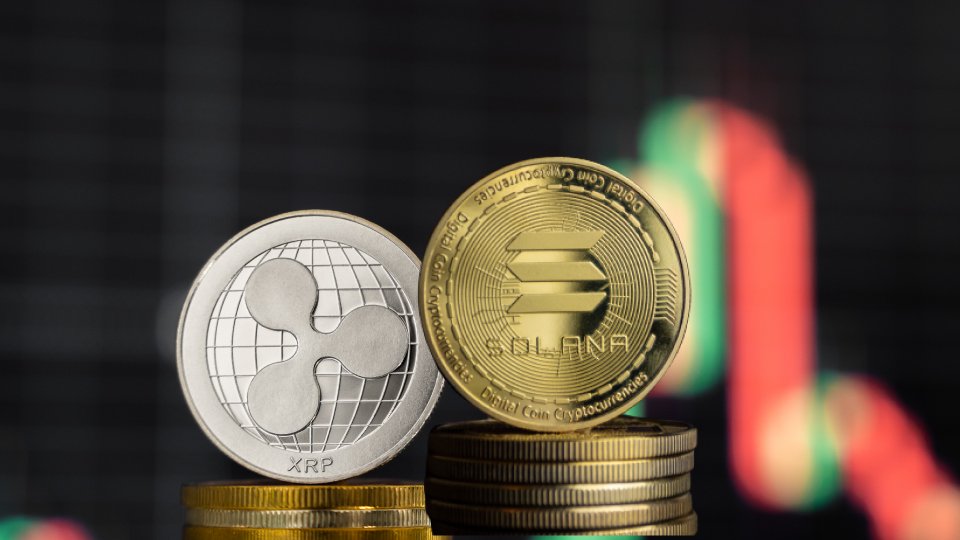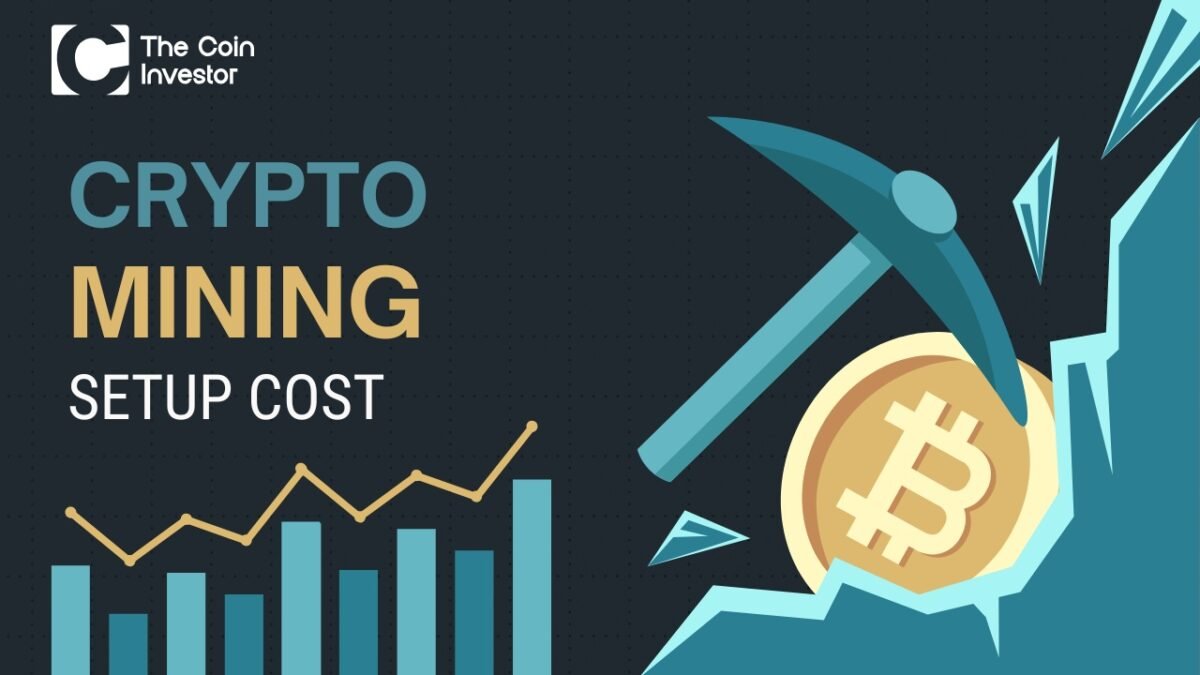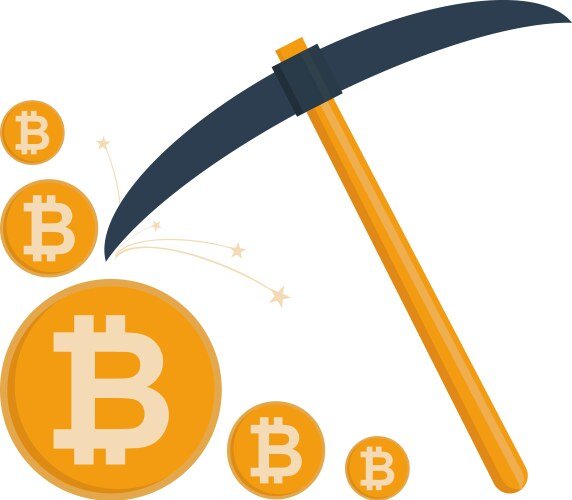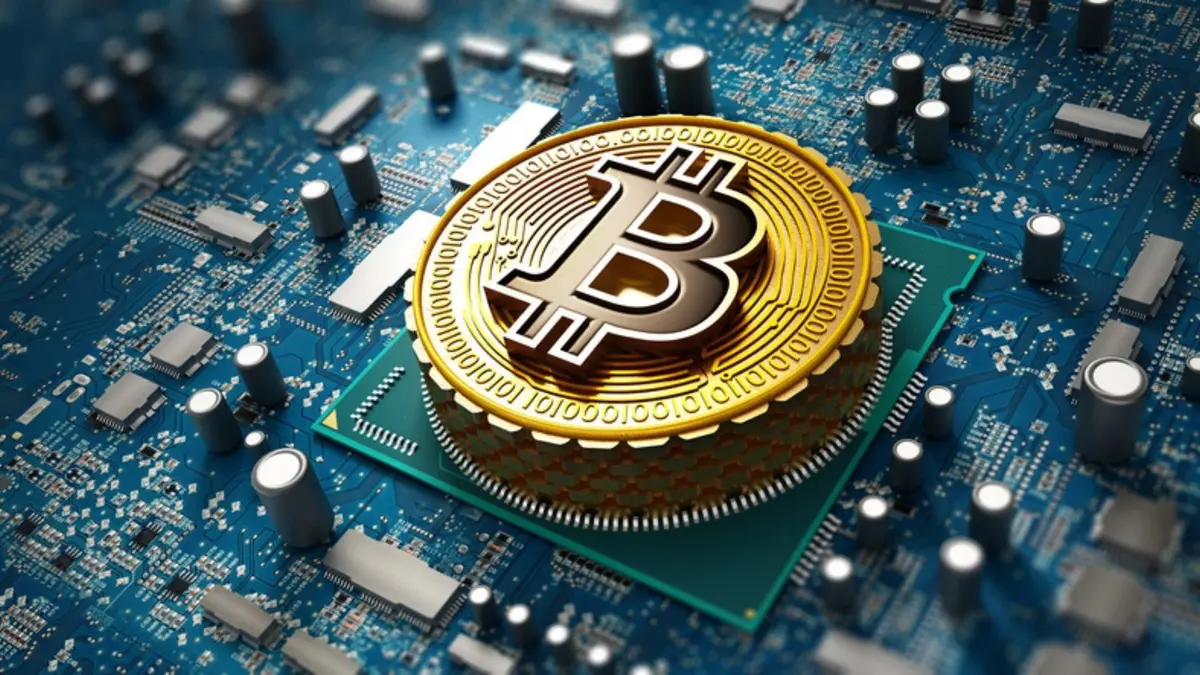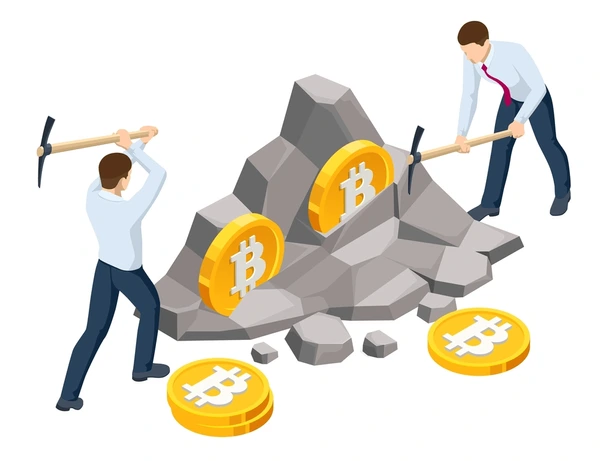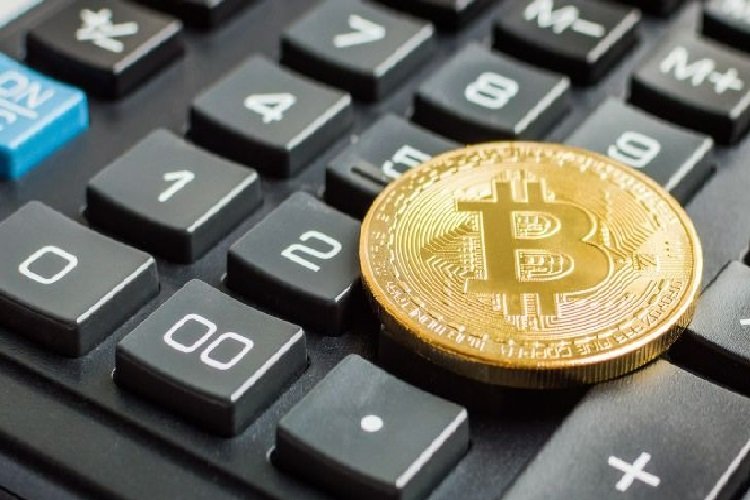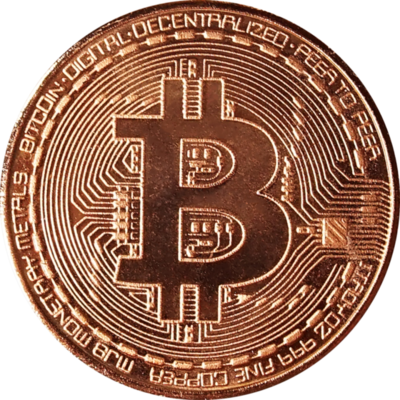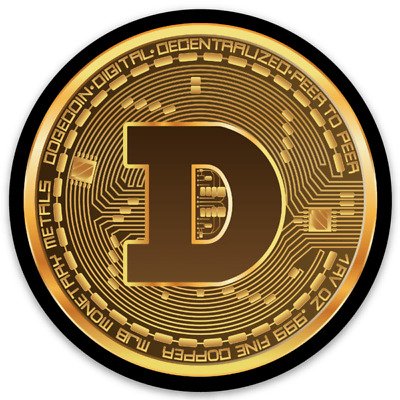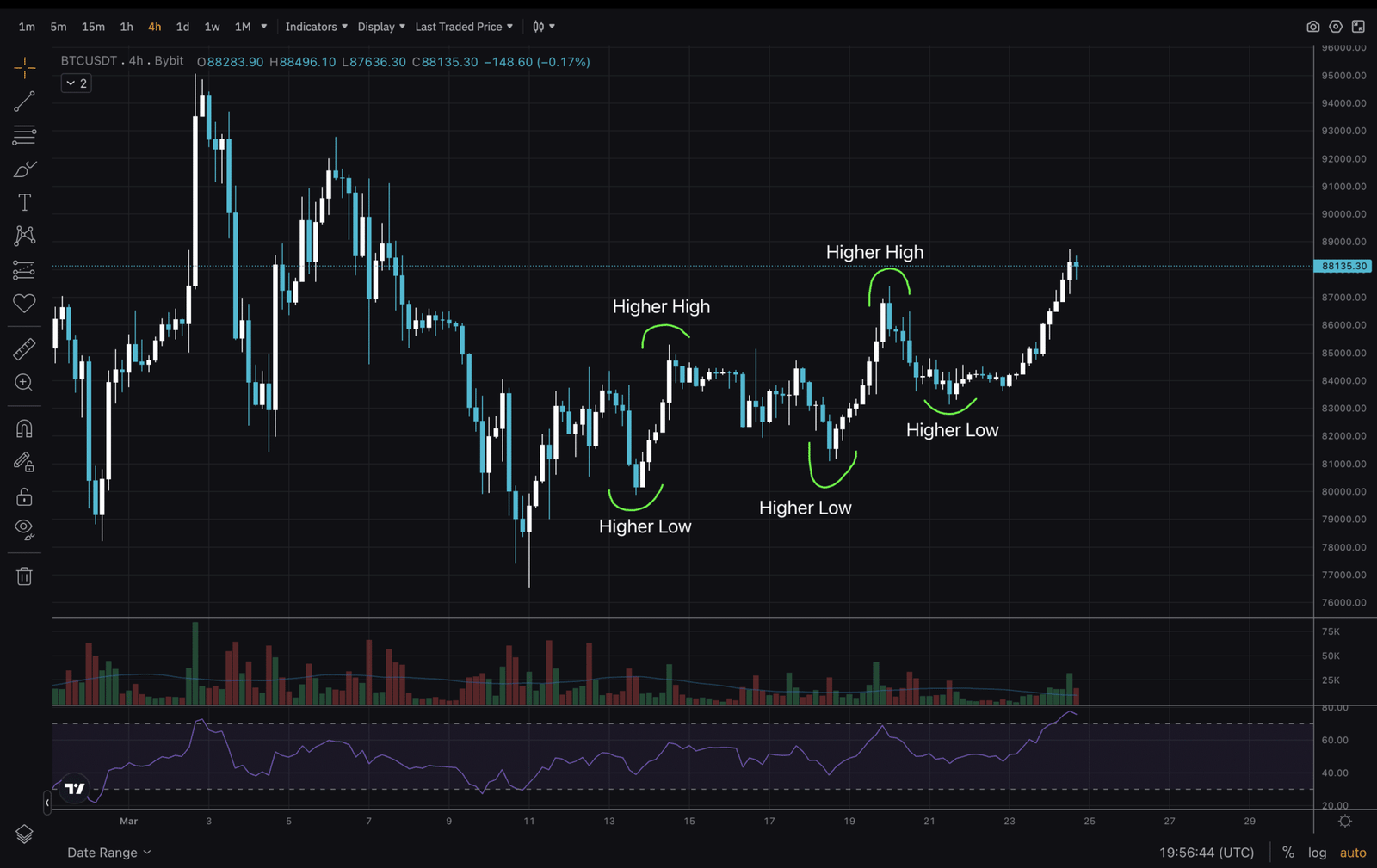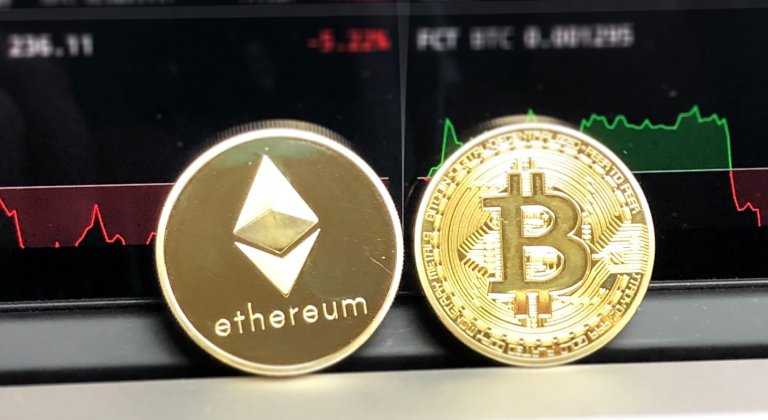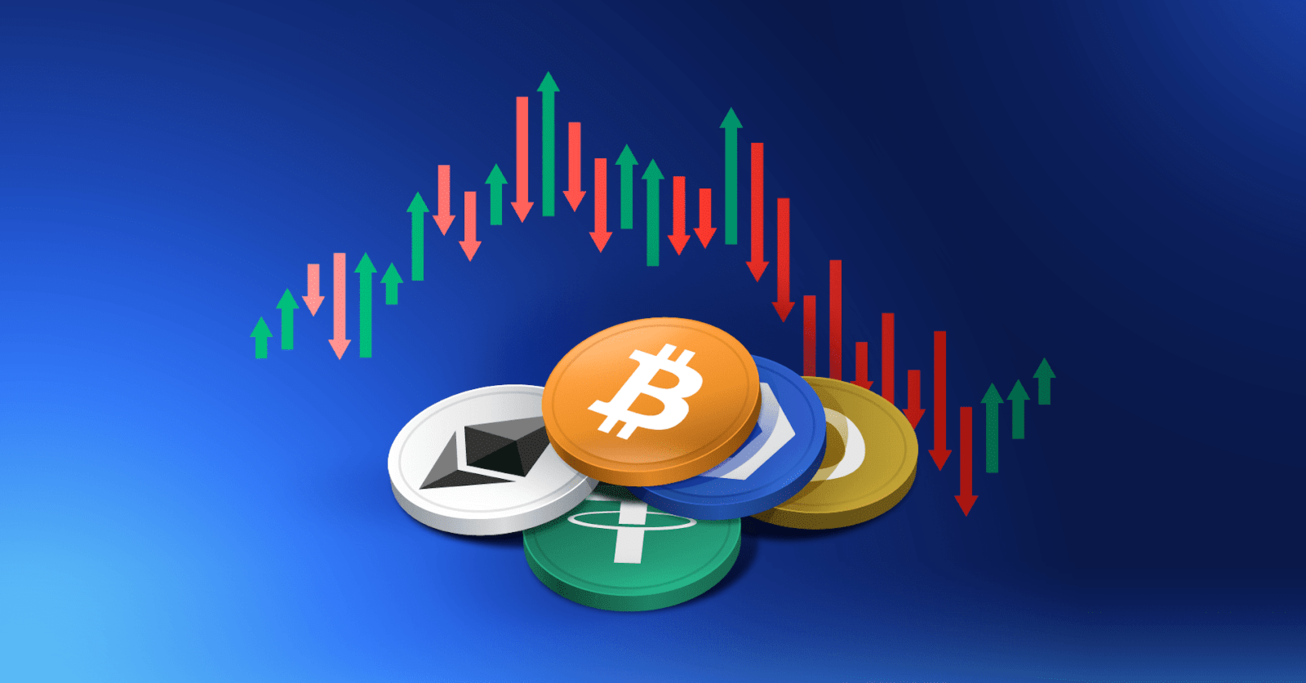Penny cryptocurrencies are changing the crypto market. They give investors the chance to buy fast-growing crypto assets and digital coins for low prices. Most of these tokens trade for under $1. They can bring huge gains, like Shiba Inu’s 500,000% return in 2021.
Penny cryptos make up 35% of the whole cryptocurrency market. They gain from blockchain advances like AI smart contracts and secure networks. These changes help with growth, cut down fees, and widen real-world uses and real utility.
Their charm comes from low market caps and fair chances for wealth building. This lets new and skilled traders spread their investments while joining new projects in DeFi, IoT, and decentralized apps.
This high-reward area in the crypto space needs careful risk management. Big firms joining and being on exchanges boost trust.
Still, prices can change a lot due to money flow issues and guesswork trading. Investors should look at projects with clear token rules, active teams, and smart partnerships. Some examples are CryptoAlpha and QuantumBit. The mix of social media buzz, earning rewards, and new rules helps growth. However, success relies on linking tech promise with good research.
This is key for moving through this changing space of new ideas and chances.
Next Penny Cryptocurrencies Which Can Boom

1. CryptoAlpha: Pioneering the Future of Decentralized Apps

CryptoAlpha changes how apps are built on decentralized networks. It makes it easier to use smart contracts.
This improves user experience on many blockchain systems. The tokenomics include rewards for staking.
These rewards help users hold onto their tokens longer. They also improve security through community support.
Early users see CryptoAlpha as a link between tough blockchain tech and regular business needs.
The platform’s new design solves big problems in the crypto world. These problems include high fees and limits on growth.
By using better ways to reach agreement and making gas use efficient, CryptoAlpha offers a cheap solution for businesses that want to use blockchain. It manages its total token supply by burning tokens, which helps raise prices over time.
2. NanoX: Revolutionizing Microtransactions with Low Fees

NanoX is a top choice for small payment processing and is considered the best wallet for fast payment systems in online shopping and content making. Its low fees draw in content creators and social media sites looking for cheap options.
The NanoX system allows quick payments and global transactions, fixing issues of old payment processors. The token has features that let users guide how the platform grows and what fees it charges.
Recent deals with big exchanges have raised trading amounts and cash flow. Also, partnerships with tech companies are growing how it can be used in real life. Plus, NanoX’s focus on energy-saving methods fits well with the rising interest in green crypto projects.
3. QuantumBit: High-Speed Transactions Meet Quantum Security

QuantumBit combines quantum computing and blockchain safety. This gives fast transaction speeds with strong security. Its smart agreement methods allow many transactions each second. This helps solve scaling problems that slow down blockchain use.
Early investors like its chance to fix big issues in crypto. The security features are strong against new threats. This makes it appealing to big investors and companies.
People who hold tokens get good rewards for staking, including high staking rewards. These rewards show the value of the network and encourage users to stay involved.
The plan includes working with big decentralized exchanges and growing in new markets that want safe, fast payment options.
4. PixelCoin: The Digital Asset for Gamers and Artists
PixelCoin is at a key point in gaming, digital art, and blockchain. It offers a strong system for NFTs. Users can create, trade, and earn money from NFTs. Its main token helps with payments for digital goods. It also provides rewards for staking and access to special content. More content creators and gamers are using PixelCoin. This increase has led to higher trading volume and more community involvement.
The new marketplace allows artists to earn royalties. Gamers can also benefit from tournament prize pools.
Smart contracts enable easy revenue sharing too. Recent deals with big gaming studios and art platforms have increased PixelCoin’s use. It also connects well with social media to help the community grow. The token’s design uses fee burns to help raise its value over time.
5. BlockNote: Simplifying Smart Contracts for Businesses

BlockNote makes it easy for businesses to use blockchain. It offers simple tools for making and using smart contracts. Its easy-to-use design helps users who are not tech-savvy. They can create automated deals and payment systems without needing a lot of coding skills. There is a growing need for blockchain in standard industries, which helps BlockNote grow fast.
The token system rewards developers who add to the template library and check smart contract safety. Successful business partnerships show how useful it is in supply chain management, legal papers, and finance. An increasing community also adds to the platform’s features. Plus, its focus on following rules and providing clear documents attracts big users.
6. LiteTech: Bridging the Gap in IoT with Blockchain
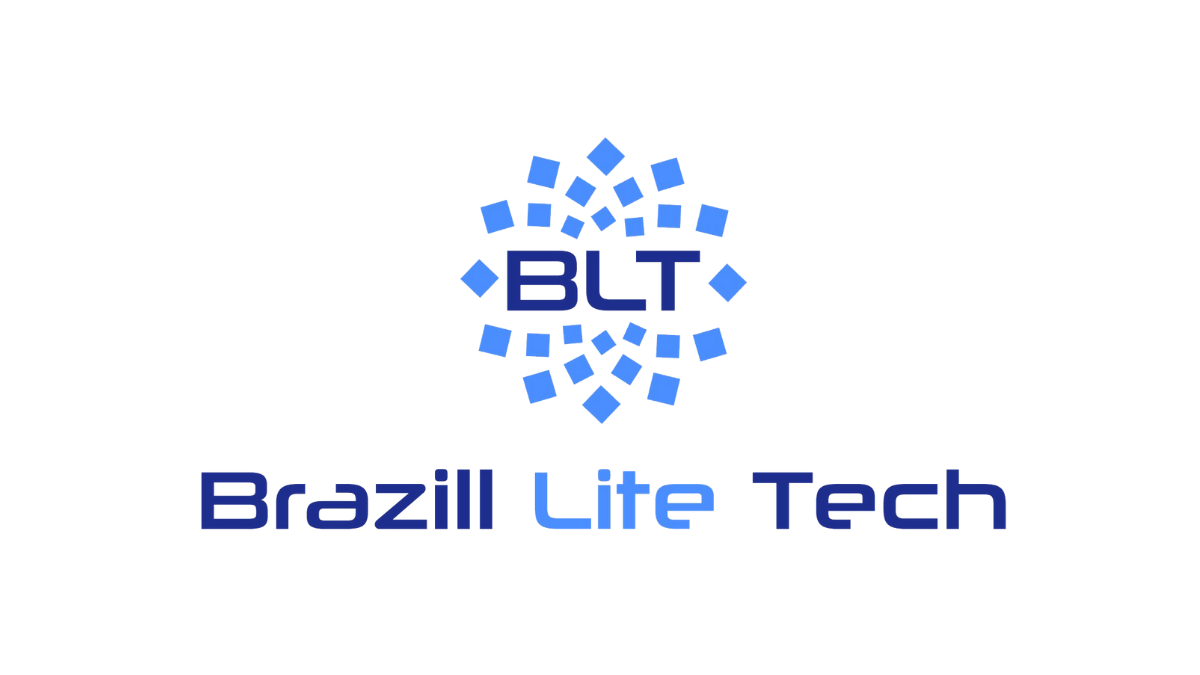
LiteTech works to combine the Internet of Things (IoT) with blockchain. This helps devices talk to each other safely. It also allows for easy small payments and keeps data safe.
The lightweight system is made for IoT devices that do not have much power. It still keeps blockchain secure and clear.
People who start using it early can see big growth as more industries use IoT. The token helps register devices, store data, and allows transactions between devices. This builds a strong IoT network.
Working with hardware makers and telecom firms has helped it grow in real life.
Also, teaming up with big cloud services makes it easier to use. The project cares about saving energy and being able to grow easily.
This solves important issues in both the IoT and blockchain fields.
7. EtherDelta: Empowering Decentralized Finance (DeFi)
EtherDelta has changed into a full DeFi platform. It offers trading that is decentralized. Users can also provide liquidity and do yield farming.
The platform has better security and a good user experience. Its smart market maker systems help find prices better and reduce slippage for traders.
Liquidity providers get good rewards for staking and sharing fees. A strong group of DeFi fans helps grow trading volume and total value locked.
Token holders can join in on upgrades, fee changes, and new features.
This helps with making decisions in a decentralized way. New cross-chain bridge links have made access easier across blockchain networks. Partnerships with big DeFi protocols have helped boost liquidity and stability. The platform focuses on security checks and insurance plans to manage risks in the DeFi area.
8. SatoshiStream: Streaming Payments as You Go

SatoshiStream changes how we make money from digital content. It allows quick micropayment streaming.
This lets creators get paid right away. There is no need for middlemen anymore. Its new payment system makes fast transactions possible. It also keeps fees low.
This feature is great for small content, like articles, videos, and music.
Many independent creators are drawn to this platform for new ways to earn money. The token has many uses. It helps with payments for content access and tips for creators.
It also allows holders to earn passive income through staking. SatoshiStream has teamed up with big streaming sites and social networks to expand its reach.
It works well with popular crypto wallets, which helps users join easily.
The project focuses on helping creators and ensuring they get fair pay, which builds a strong community around it.
What Is A Penny Crypto?
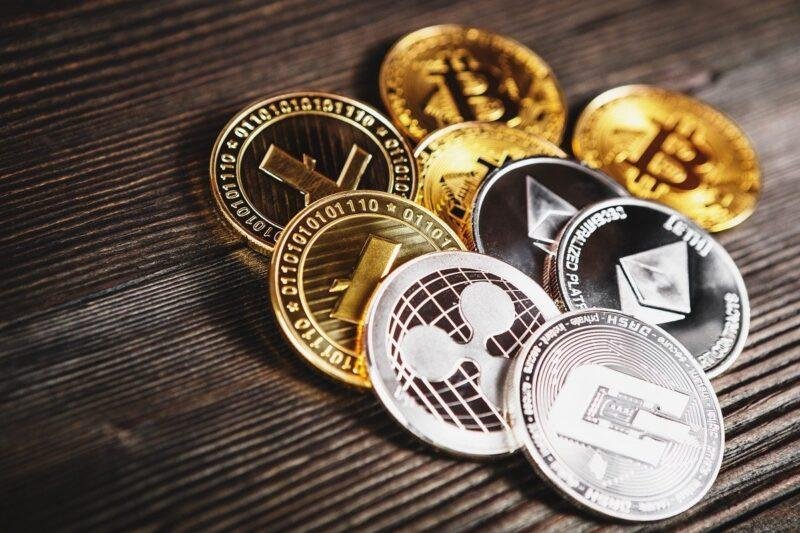
Penny cryptocurrencies are digital coins that trade for less than $1. They give investors a chance to join blockchain growth at low costs, hoping to achieve significant returns.
These coins have small market values.
This means they can rise in worth when backed by good basics. The name is like penny stocks in regular finance.
Low-cost stocks can bring big gains for smart investors. The crypto market has many penny projects.
Each has its own worth and community style. Many well-known cryptocurrencies began as penny tokens before becoming popular and worth more. Their low prices attract new investors and those with little money who want to join blockchain growth.
The Appeal of Investing in Penny Cryptos
Penny cryptocurrencies draw in buyers because they are cheap to buy. This allows people to buy many penny crypto tokens with small amounts of money.
For example, $100 can get you thousands or even millions of tokens. This idea is appealing and gives hope for big profits.
Low prices also help investors spread their money around without needing a lot of cash.
Another reason they attract interest is their chance for growth. Past successes, like Shiba Inu, show how much profit can come from early investing. These projects can become popular quickly and gain a lot of attention. Many investors want to find “the next big thing” before it gets famous.
Even though low trading volume can be a worry, the chance for big profits often makes this risk worth taking. This is especially true when projects create strong groups and gain real-world use. Many penny cryptocurrencies use well-known blockchain networks like Ethereum.
They benefit from trusted systems while keeping their own token rules and uses. The mix of new tech, community backing, and smart partnerships can help lesser-known penny crypto projects grow into important market players.
Key Factors Driving the Boom of Penny Cryptos

Technological Innovations and Breakthroughs
AI is changing the crypto world. AI projects are showing ways to automate tasks and make them better.
They also help users have a better time using these tools.
Machine learning helps with trading and predicting market trends. This has caught the eye of many investors.
The mix of AI and blockchain creates chances for new types of organizations and systems that can grow by themselves.
New penny crypto projects are making smart contracts better on the Solana network. They are adding new ways to agree, work across different blockchains, and be more secure.
These changes help fix problems with speed, cost, and how easy it is to use blockchain apps, making them some of the best penny crypto options. Layer-2 solutions and connections allow smaller projects to stand with bigger cryptocurrencies.
Better energy use, faster processing, and stronger security make penny crypto projects good for real life.
Moving from proof-of-work to proof-of-stake helps the environment while keeping networks safe. These changes draw in eco-friendly investors and help more people use these green ideas in their work.
Increasing Adoption in Emerging Markets
Emerging markets play a big role in using cryptocurrency.
This is true for payments across borders, helping people access finance, and protecting against inflation.
Penny cryptocurrencies are easy for users in poorer countries who have few bank services. The growth of mobile tech and new blockchain ideas has helped more people adopt penny crypto.
Social media has raised awareness and trading volume for these coins. This happens through fun marketing and community support. The success of meme coins shows how social buzz can create real value.
For example, Pepe Coin reached billion-dollar worth thanks to its fans.
Influencers now have a key part in growing the use and price of these coins. Crypto exchanges are offering more penny tokens now, making it easier for small investors to join in.
Big platforms like Binance, Kraken, and Coinbase keep adding new tokens. Some smaller exchanges focus on new projects that need support. This wider range makes it easier for those who want to invest in penny crypto options.
Strategic Partnerships and Collaborations
Traditional finance partnerships have helped many penny crypto projects. Well-known firms see blockchain’s power for speed and new services. These partnerships add trust, clear rules, and access to money from big firms. This helps projects grow faster and get used more. Adding crypto services to banks has created new spaces for fresh penny projects. Cross-chain work lets penny cryptocurrencies use various blockchain networks. This increases their use and lowers the need for one platform.
Projects that enable different networks can reach more users. They gain better trade options and a wider range of uses, which boosts trading amounts and community growth. Developer teamwork supports penny crypto projects with skills, safety checks, and tools. Working with skilled teams builds trust while lowering tech risks. Good development tools make it easier for new projects to meet their goals.
The Pros and Cons of Investing in Penny Cryptocurrencies

Potential for High Returns vs. Volatility Risks
The main draw of penny cryptocurrencies is their chance for high profits. There are many past examples of early adopters making a lot of money early on.
Projects that get wide use or solve big market issues often see huge price jumps. This can turn small investments into large gains.
Low-priced tokens have an edge because small price rises lead to big percentage gains.
However, there are risks with price swings. Penny cryptocurrencies can see wild changes in price due to market feelings, news, and trading by speculators.
The lack of support from big firms and low trading amounts can make these price changes worse. This creates both chances and dangers for investors.
People should be ready for big ups and downs in their money and the chance of losing everything. Market manipulation is also a worry in low-value cryptocurrencies. Large holders can change prices through planned trading actions. Many tokens are owned by early investors and development teams, which might cause fake shortages or sudden supply increases that change prices.
Thus, careful research and risk control are very important for those wanting to invest in penny crypto chances.
Assessing the Liquidity and Market Depth
Low liquidity is a problem for many penny cryptocurrencies. This is especially true for those with few exchange listings and low trading volume. Investors may find it hard to make large trades without changing prices. Exit strategies can also get tricky during market stress.
Automated market makers and decentralized exchanges have helped some tokens gain liquidity. However, smaller projects still face issues.
Analyzing trading volume is key to understanding penny crypto trends and investor feelings. Projects with high trading activity usually show better community involvement. In contrast, low volume might mean limited use or price tricks. The link between social media use and trading volume is very important for meme coins and community projects. Market depth affects how investors enter and exit trades. Thin order books can lead to big price changes, known as slippage.
Investors should look at liquidity across different exchanges. They might consider dollar-cost averaging to reduce market impact too. Cross-chain liquidity solutions are starting to help some penny cryptocurrencies with these problems.
How to Find Best Penny Cryptocurrencies?

Analyzing Whitepapers and Roadmaps
Whitepaper evaluation is very important. It helps to find real penny crypto projects. These projects should have strong basics and clear plans for growth. The technical papers must explain the project’s value, tech methods, token use, and strengths against others. Investors should look for projects that state problems clearly. They need to offer new solutions and detailed plans from skilled teams.
A roadmap check shows project goals, timeframes, and key steps. These can help show how well the team can execute their plan. Realistic timelines point to good management skills.
On the other hand, unclear or overly ambitious roadmaps may show a lack of experience.
Regular updates and completed steps show progress and openness.
Looking at the tech setup helps investors understand the blockchain used in the project. They need to know about consensus methods and growth solutions that are key for long-term success.
Projects that use trusted technologies or smart new ideas often have better foundations than those using untested options. Security checks and outside reviews help confirm project quality and measure risk.
Community Engagement and Developer Activity
Active community checks look at social media platforms and the quality of talks. They also check engagement on sites like Telegram, Discord, Reddit, and Twitter. Strong communities show real interest in project growth instead of just trading for profit. Members ask smart questions, share ideas, and help the ecosystem grow. The amount of real talks compared to ads shows how real and strong a community is.
Watching developer work on GitHub shows if a project is still growing. Regular code updates and fixes mean teams are busy working on their goals. Open-source projects with clear processes are usually more trusted than closed-source ones.
Support for communities includes things like guides, good documents, and helping new users feel welcome. This support shows how ready a project is for wider use. Projects that focus on teaching users and building communities often do better over time than those that care only about price increases. Good guides, tutorials, and support channels show strong management and user-focused growth.
Strategies For Buying and Trading Penny Cryptos

Choosing the Right Crypto Exchanges
Choosing the right cryptocurrency exchanges for cryptocurrencies is very important. It helps you access penny crypto chances. Different platforms offer different tokens and trading tools. They also have different safety measures. Big exchanges like Kraken, Coinbase, and Binance are safe. They follow rules well but may not list many penny cryptos. Some smaller platforms, like BitMart, list over 1,700 cryptocurrencies. This includes many new projects.
When picking an exchange, look for those with a good record. Strong insurance and good custody are key too. Important safety steps include two-factor authentication and cold storage practices. Regular audits are also good to have. Recent efforts to follow rules have made exchanges safer.
When you check trading tools, think about order types and fees. You should also consider advanced options for penny crypto trades. Some exchanges provide features like automated trading and staking rewards to increase profits. Easy-to-use mobile apps help active traders manage many positions at once.
Understanding Token Economics and Supply Mechanics
Tokenomics study is key for checking penny crypto investment value. It looks at token supply, how tokens are shared, and their use in systems. Things like total supply limits, inflation rates, and token burn plans affect price changes and rarity over time. Projects with ways to reduce supply or manage growth often see better price rises than those with no limits.
Staking rewards and chances for passive income add worth for long-term penny crypto owners. At the time of writing, yields can range from 5% to over 99% each year. These benefits make it appealing to hold tokens while also helping network safety and community roles. Investors should think about the sustainability of rewards, lock-up times, and risks of dilution when looking into staking choices.
Checking token use shows real value beyond just trading. Strong projects have clear uses, user growth numbers, and ways to earn money. Governance tokens let the community take part in decisions about protocols. Utility tokens give access to platform services. Projects with many uses and growing interest usually have better foundations than those that serve only one purpose.
Case Studies of Successful Penny Crypto Projects

Emerging Trends and Future Projections
The meme coin trend shows how strong community support in the crypto community helps crypto projects grow.
Coins like Pepe Coin have hit billion-dollar values with viral ads and pop culture ties. These projects use online culture and jokes to form loyal user groups that boost use and prices.
Their success has led other penny coins to prioritize community links and social media while also improving their tech.
New trends are popping up, like adding an artificial intelligence (AI) agent to penny coins, such as Mind of Pepe. This project uses smart tech for market checks, social media work, and automatic trading.
By mixing smart tech with community fun, new asset types appear that serve useful and fun purposes.
Reward-based tokens like Bitcoin Bull and BTC bull show new ways to share benefits based on Bitcoin price goals. Built on the Ethereum blockchain, this method grabs the interest of investors wanting to tap into wider market moves while keeping smaller token amounts. It also inspires other projects to create unique reward plans.
The link between social media and cryptocurrency keeps growing too. It allows content makers and influencers to use tokens for profit and community ties.
Projects aimed at helping creators often enjoy natural growth from their online groups, which creates fresh penny crypto types with great growth chances.
Conclusion
The penny cryptocurrency market has great chances for investors. Those who do their own research can find big rewards.
These most promising penny cryptos have new technology and strong community support. They also offer real use and have skilled teams with clear goals. Success needs careful project checks, a mix of investments, and realistic views on ups and downs.
Market trends show that penny crypto will keep growing, demonstrating significant growth potential.
This growth is driven by new tech, wider reach, and more recognition of blockchain technology’s value.
Better AI, improved blockchain systems, and more uses help strong projects succeed. Early investors who see good basics before they become popular can get big gains. Managing risk is key in this market. Spreading money across different projects helps reduce risks.
Investors should think long-term while being ready to change as the market shifts. Learning and engaging with the community are important for navigating the fast-changing world of crypto.
FAQ’s:
What Are The Best Trading Exchanges For Buying Penny Cryptocurrencies?
Top crypto exchanges for penny trading are BitMart and Kraken. BitMart gives access to over 1,700 cryptocurrencies. Kraken is known for great security and low fees. This makes it good for budget-conscious investors. Coinbase has easy-to-use features for beginners.
Crypto.com is great for trading on mobile devices. Each exchange has its own benefits. Investors should look at fees, safety, and token options based on what they need.
How To Find The Best Cryptocurrencies Under A Penny?
Finding good cryptocurrencies under a penny takes careful research. This includes looking at the whitepaper. It also means checking the team behind the coin. You should assess the community involved too.
Investors need to study tokenomics and use cases, especially those with strong fundamentals. They must look at the technology as well. Avoid projects that have unclear use or new teams.
Signs of trust and growth include social media activity. Trading volume and exchange listings are important too. Research should also check security audits and how far along they are on their plans.
How Do I Start Trading Penny Cryptocurrencies?
To begin penny crypto trading, you need to open accounts with good exchanges. These should offer tokens with small market caps.
New traders must start with small amounts of money. They should focus on known projects that have strong basics. It is also wise to use dollar-cost averaging. This helps lessen the risks of timing the market.
Knowing about blockchain tech, tokenomics, and how the market works is key for success. Using risk management is important too. This can be done by diversifying and sizing your positions well. This helps protect against big losses.
What is the Best Crypto Under 1 Cent?
The best crypto coins under 1 cent can differ based on personal goals. It also depends on how much risk one can take. Market conditions play a big role as well. Some meme coins and utility tokens may cost less than one cent, but investors should consider the transaction fees involved.
These could offer chances for growth. Investors should look for projects that have real use. Active development is also important. A strong community around the project is key too. It is not wise to focus only on price. Doing good research is vital, no matter what the token costs.
Which Penny Cryptos to Avoid?
Avoid penny cryptos that do not have clear uses. Be careful with teams that lack experience or open talk. Warning signs include anonymous teams and false promises. Limited paperwork and no working products are also red flags.
Watch out for projects with strange token rules and too much marketing. Past problems with developers are a bad sign too. Investors should stay away from tokens pushed mainly by paid ads or famous people without good basics.
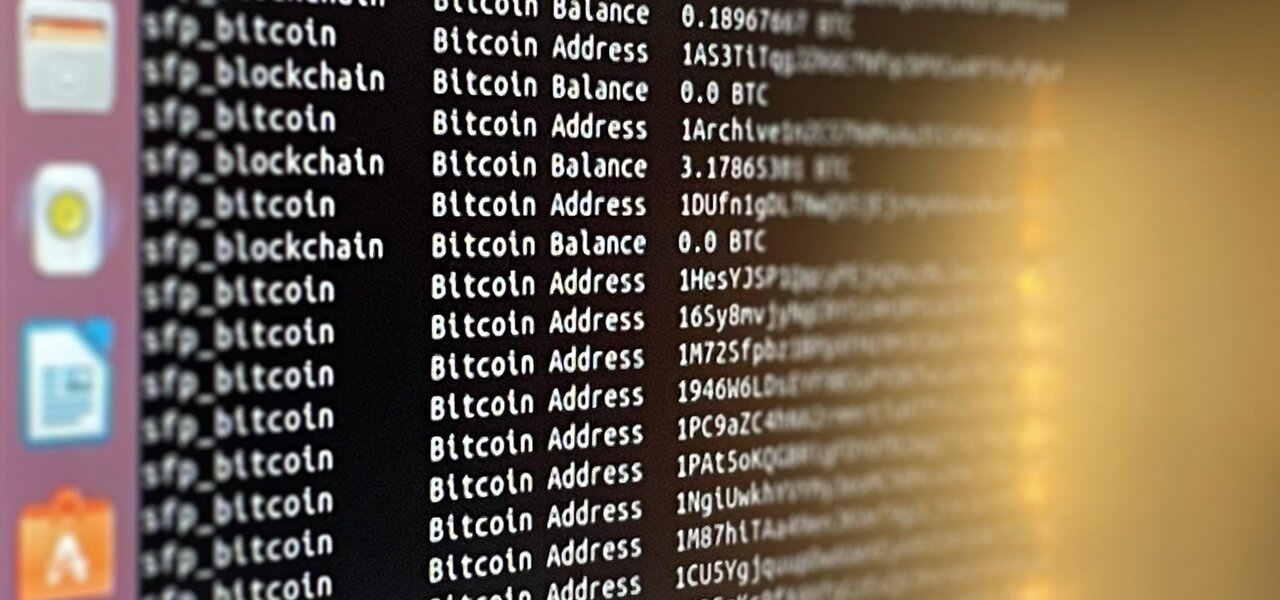
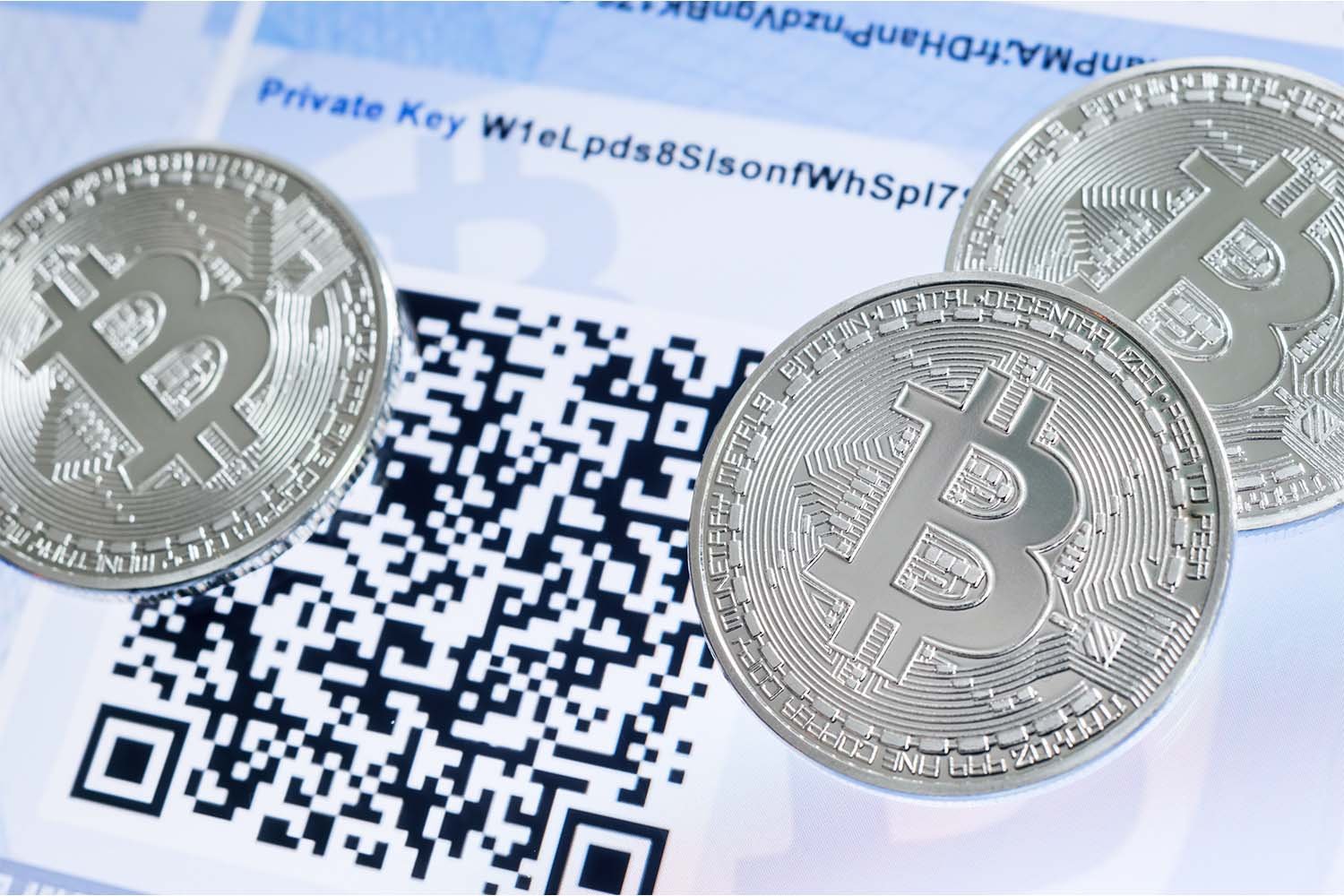
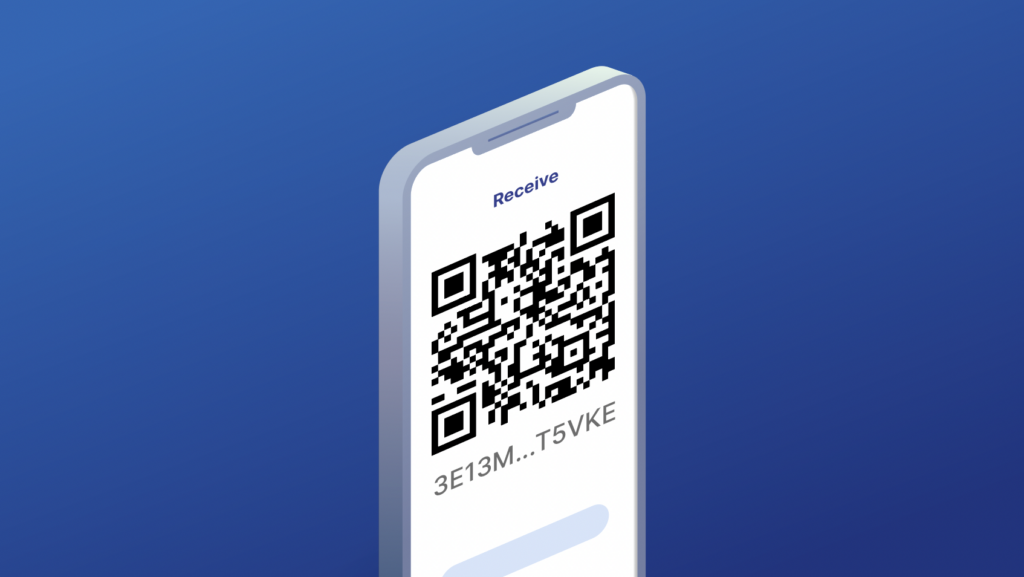

![]()
